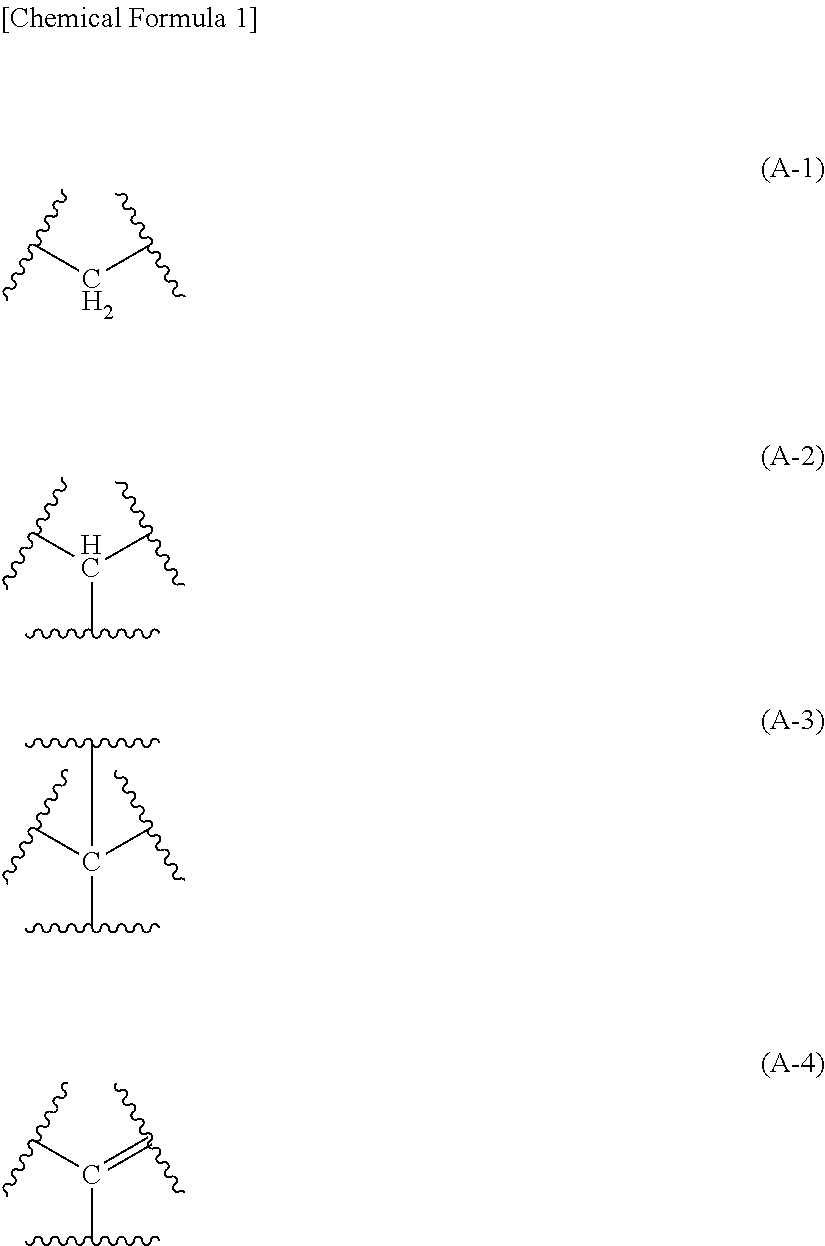Zirconium oxide nanoparticles
- Summary
- Abstract
- Description
- Claims
- Application Information
AI Technical Summary
Benefits of technology
Problems solved by technology
Method used
Image
Examples
example 1
Production of Zirconium Oxide Nanoparticles Coated with Methoxyacetic Acid
[0130]The upper layer (50 g) of the hydrothermal synthesis reaction liquid of Comparative Example 1 from which water had been removed was mixed under stirring with 5 g of methoxyacetic acid (R1 has a Hansen solubility parameter (HSP) distance to ethanol of 14 (MPa)1 / 2) at 60° C. for 30 minutes. Next, n-hexane was added and then aggregation particles were separated through filtration. Subsequently, the separated aggregation particles were added to n-hexane and stirred for 10 minutes and then the aggregation particles were separated through filtration. The resultant particles were vacuum-dried at room temperature to give zirconium oxide nanoparticles coated with methoxyacetic acid.
[0131]In confirmation of the crystal structures of these particles, diffraction lines attributed to a tetragonal crystal and a monoclinic crystal were detected, intensity of which provided a ratio between the tetragonal crystal and the...
example 2
Production of Inorganic Oxide Fine Particle-Containing Solution 1
[0132]The zirconium oxide nanoparticles (1 g) obtained in Example 1 was blended with ethanol (0.5 g) and stirred until the mixture became uniform, to give an inorganic oxide fine particle-containing solution 1. In the dispersion liquid, the concentration (core concentration) of the metal oxide contained in the resultant nanoparticles was 59% (=(1 g×(1−0.11)) / (1 g+0.5 g)).
example 3
Production of Coated Type Yttria-Stabilized Zirconium Oxide Nanoparticles Coated with Methoxyacetic Acid
[0135]Nanoparticles were synthesized in the same manner as in Example 1 except for using the upper layer synthesized in Comparative Example 2 as the upper layer of the hydrothermal synthesis reaction liquid from which used water had been removed. The weight (mass) decrease rate of the yttria-stabilized zirconium oxide nanoparticles was 15% by mass. Accordingly, the mass of the coating 2-ethylhexanoic acid, carboxylate derived from 2-ethylhexanoic acid, and methoxyacetic acid was determined to be 15% by mass of the entire yttria-stabilized zirconium oxide nanoparticles.
PUM
| Property | Measurement | Unit |
|---|---|---|
| Temperature | aaaaa | aaaaa |
| Pressure | aaaaa | aaaaa |
| Pressure | aaaaa | aaaaa |
Abstract
Description
Claims
Application Information
 Login to View More
Login to View More - R&D
- Intellectual Property
- Life Sciences
- Materials
- Tech Scout
- Unparalleled Data Quality
- Higher Quality Content
- 60% Fewer Hallucinations
Browse by: Latest US Patents, China's latest patents, Technical Efficacy Thesaurus, Application Domain, Technology Topic, Popular Technical Reports.
© 2025 PatSnap. All rights reserved.Legal|Privacy policy|Modern Slavery Act Transparency Statement|Sitemap|About US| Contact US: help@patsnap.com

